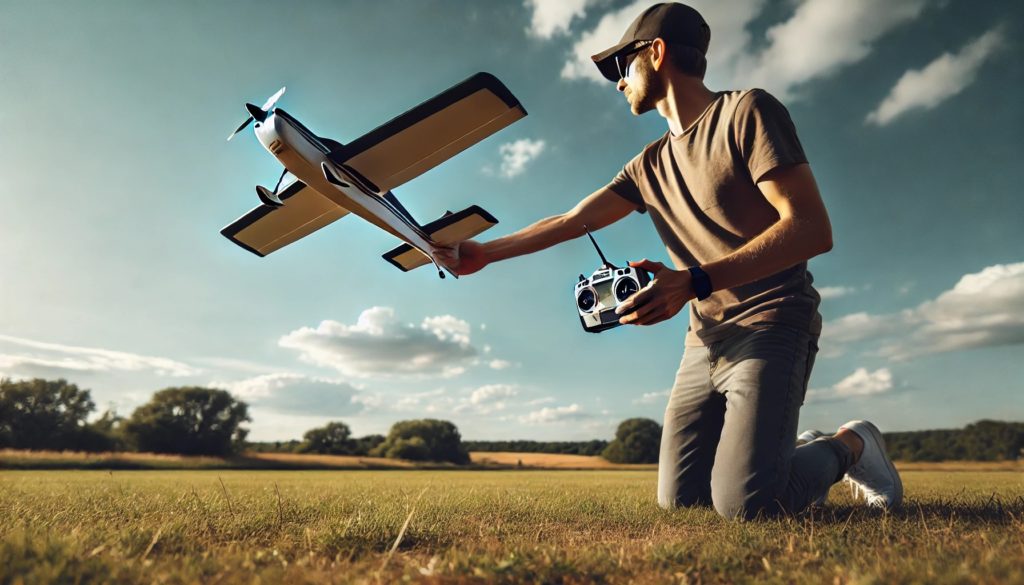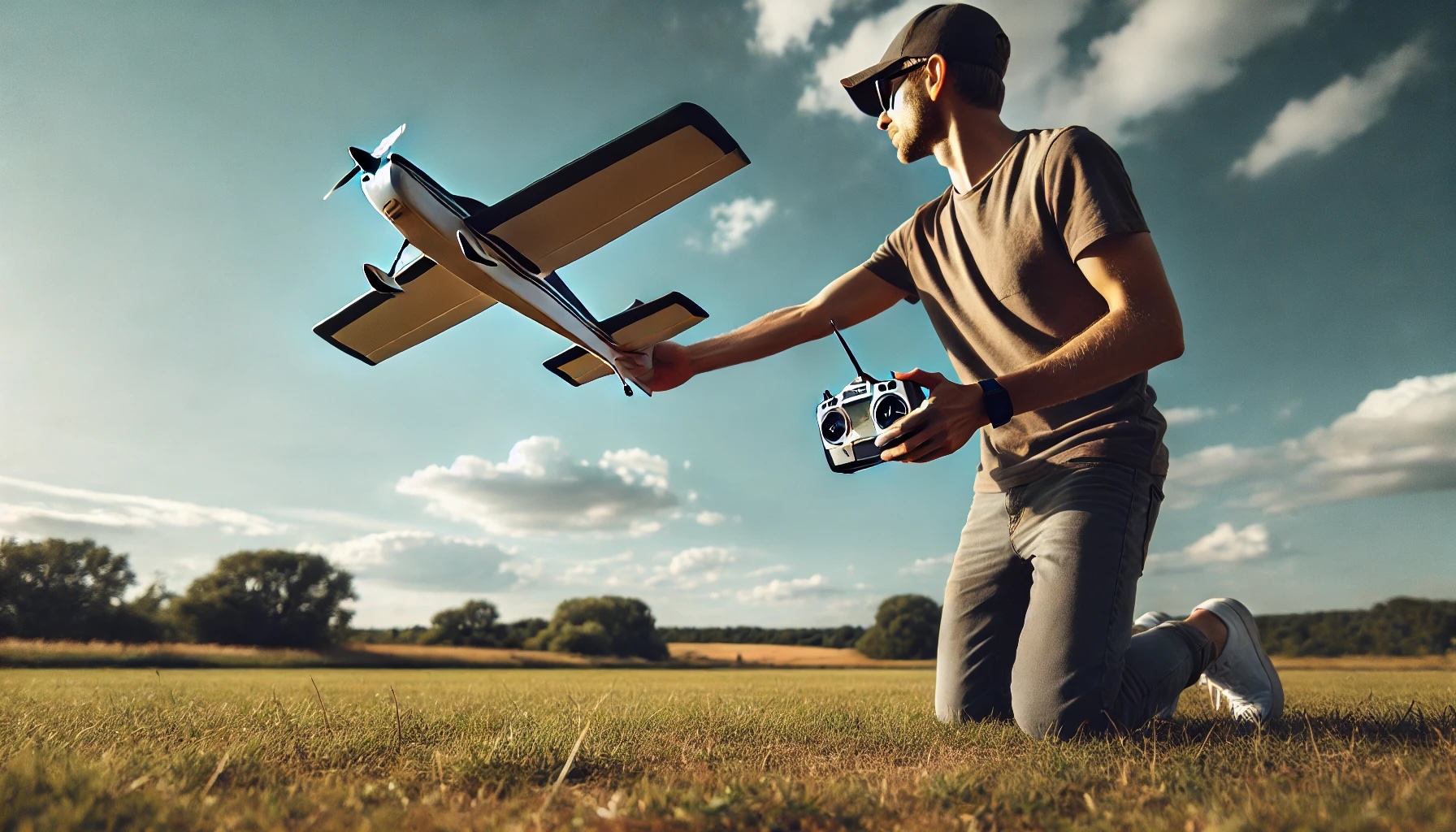
Hand launching is a vital skill for flying RC airplanes that lack landing gear or operate from surfaces unsuitable for ground takeoffs. Perfecting this technique can significantly enhance your flying experience by ensuring a safe and reliable start to every flight. This comprehensive guide will explore the intricacies of hand launching RC airplanes, providing best practices, tips, and troubleshooting advice.
Introduction to Hand Launching
Hand launching allows pilots to send their RC airplanes into the air directly from their hands, bypassing the need for a runway. This method is particularly useful for park flyers, combat wings, and other small to medium-sized electric aircraft. Effective hand launching requires a combination of technique, timing, and understanding of your airplane’s behavior.
Understanding the Dynamics
Before attempting a hand launch, it’s crucial to understand the aerodynamics involved. The key is to achieve sufficient airspeed to generate the necessary lift before the airplane reaches the ground. This involves a combination of the right throw, the correct angle of attack, and the proper throttle setting.
1. Preparing for Launch
Check CG (Center of Gravity): Ensure your airplane’s CG is correctly balanced. An improperly balanced airplane can veer off course or stall immediately after launch.
Control Surface Check: Double-check that all control surfaces are responsive and properly aligned. Any misalignment can cause the airplane to roll or pitch uncontrollably upon release.
Wind Conditions: Evaluate the wind direction and speed. Always launch into the wind to aid in lift generation.
2. Gripping Techniques
How you hold your airplane can significantly impact the success of your launch. There are primarily two types of grips:
- Overhand Grip: Suitable for airplanes with a lower wing configuration. Grip the fuselage or the wing root firmly with your hand over the airplane, allowing you to throw it like a dart.
- Underhand Grip: Best for high-wing models where there’s ample space beneath the wing. Hold the airplane gently but firmly, and swing it upwards on release.
3. Throwing Techniques
Consistency and Practice: The key to a successful hand launch is consistency. Practice your throwing technique to ensure every launch is smooth and stable.
- Gentle but Firm: The throw should be firm to provide enough thrust but gentle enough to not damage the airplane or alter its path drastically.
- Angle of Release: Launch at a slight upward angle, but not too steep to avoid stalling. A 10 to 20-degree angle relative to the horizon is typically ideal.
- Follow Through: Just like throwing a ball, follow through with your arm after releasing the airplane to ensure a smooth flight path.
4. Throttle Management
Power Setting: Set the throttle to about 50-75% power before launch. This provides enough thrust to achieve lift without being overpowering.
Adjust Mid-Air: Once the airplane is airborne and stable, gradually increase the throttle to climb and gain altitude.
Best Practices
Safety First: Always ensure the area around you is clear of people, animals, and obstacles before launching.
Use a Helper: If you’re new to hand launching, having a helper to either throw the airplane or control the transmitter can make the process easier.
Practice Low and Slow: Initially, practice at low altitudes and slower speeds until you feel confident with your technique.
Simulate Throws: Without using the power, practice your throw to get a feel for the angle and strength needed.
Troubleshooting Common Issues
Veering Off Course: If the airplane veers to one side, check for imbalanced control surfaces or uneven weight distribution.
Stalling on Launch: This often occurs if the angle of release is too steep or if there’s insufficient throttle. Adjust accordingly.
Nose Diving: If the airplane nose dives, it could be due to throwing it downward, or the CG might be too far forward.
Advanced Techniques
As you gain confidence, experiment with different throwing styles and power settings to find what works best for your specific model. Advanced pilots can also try launching with aerobatic maneuvers in mind, such as immediate turns or loops post-launch.
Conclusion
Mastering the art of hand launching RC airplanes is a rewarding skill that enhances your control and enjoyment of the hobby. Through understanding the fundamentals, practicing your technique, and adjusting based on performance, you can achieve smooth and successful hand launches consistently. Remember, patience and practice are your best tools in perfecting this skill.
